- Savage Blog
- Ballistics 101: Wind, Elevation, and Equipment Impacts
Ballistics 101: Wind, Elevation, and Equipment Impacts
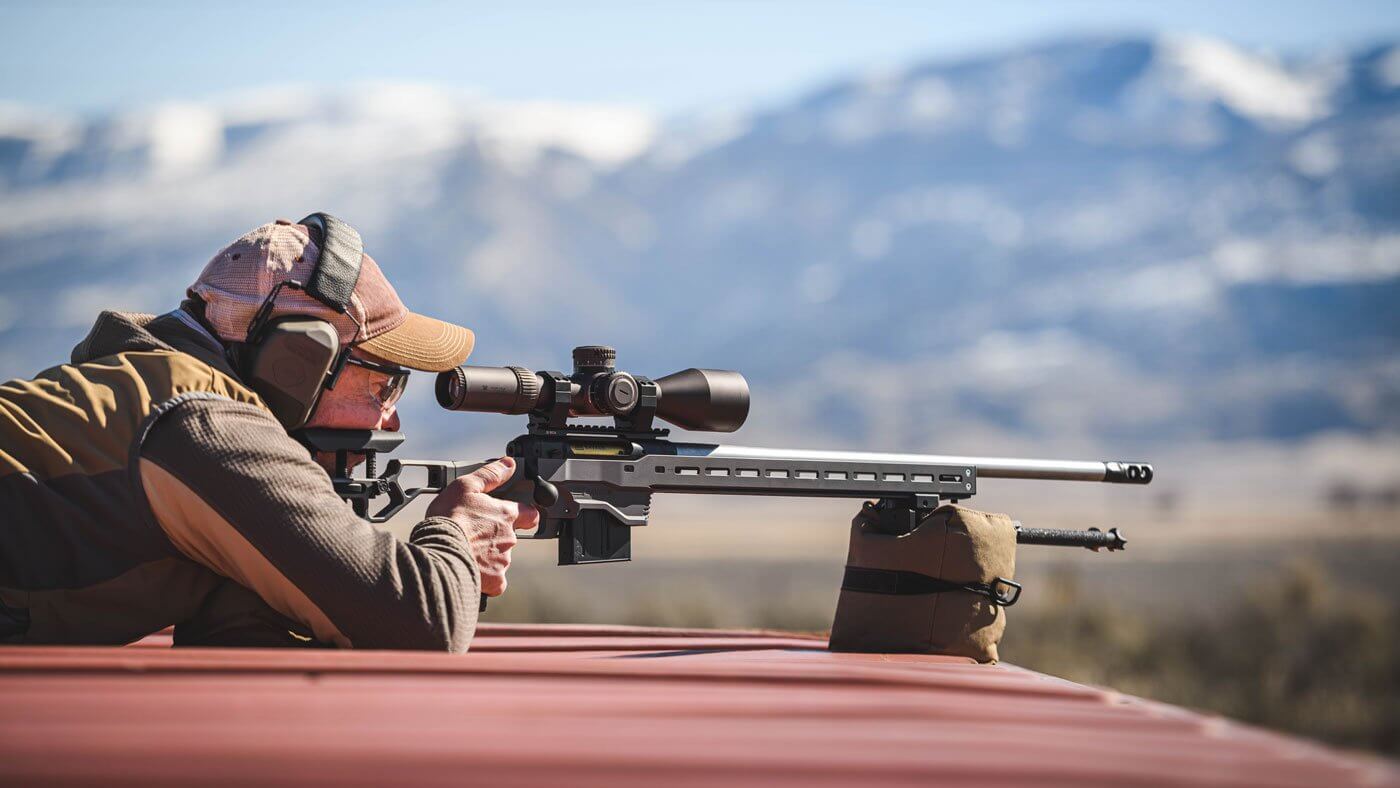
If you’re just starting to get into long-range shooting, you’ve probably heard the word ballistics more than once. It’s a term that covers everything about how a bullet behaves once it leaves your rifle’s barrel — from its speed and flight path to how wind, air pressure, and gravity affect it.
Understanding ballistics doesn’t have to be intimidating. In fact, once you grasp a few key principles, it can help you take your marksmanship to the next level. This rings especially true when learning how environmental factors influence your shot, allowing you to predict bullet flight and make adjustments with confidence.
This guide will break down the basics of ballistics and explain how wind, elevation, and bullet drop play a role in every long-range shot.
What is Ballistics?
At its core, ballistics is the science of how a projectile (in this case, a bullet) moves through the air. It’s influenced by physics, air resistance, and gravity, and it helps explain why your bullet doesn’t travel in a perfectly straight line from when it leaves the barrel to when it hits the target.
How Well a Bullet Travels Through the Air
When a bullet leaves your barrel, it begins slowing down immediately due to drag. The more efficiently it cuts through the air, the longer it can maintain speed and accuracy. This efficiency is often measured by the Ballistic Coefficient (BC) — a number that tells you how streamlined a bullet is. A higher BC means the bullet resists wind and air drag better, maintaining a flatter trajectory at long range.
How Ballistics Is Measured
Ballistics can be measured through several factors, including:
Velocity – The bullet’s speed in feet per second (fps). Tested muzzle velocity will be listed on the ammunition box, but you can also test for velocity out of your rifle with a chronograph.
Trajectory – The bullet’s curved path through the air. Bullets don’t just fly straight when leaving the barrel; they fly in an arc through the air.
Energy – The amount of force the bullet retains downrange. This is often measured in foot-pounds of energy (ft/lbs).
Drop – How far the bullet falls over distance due to gravity.
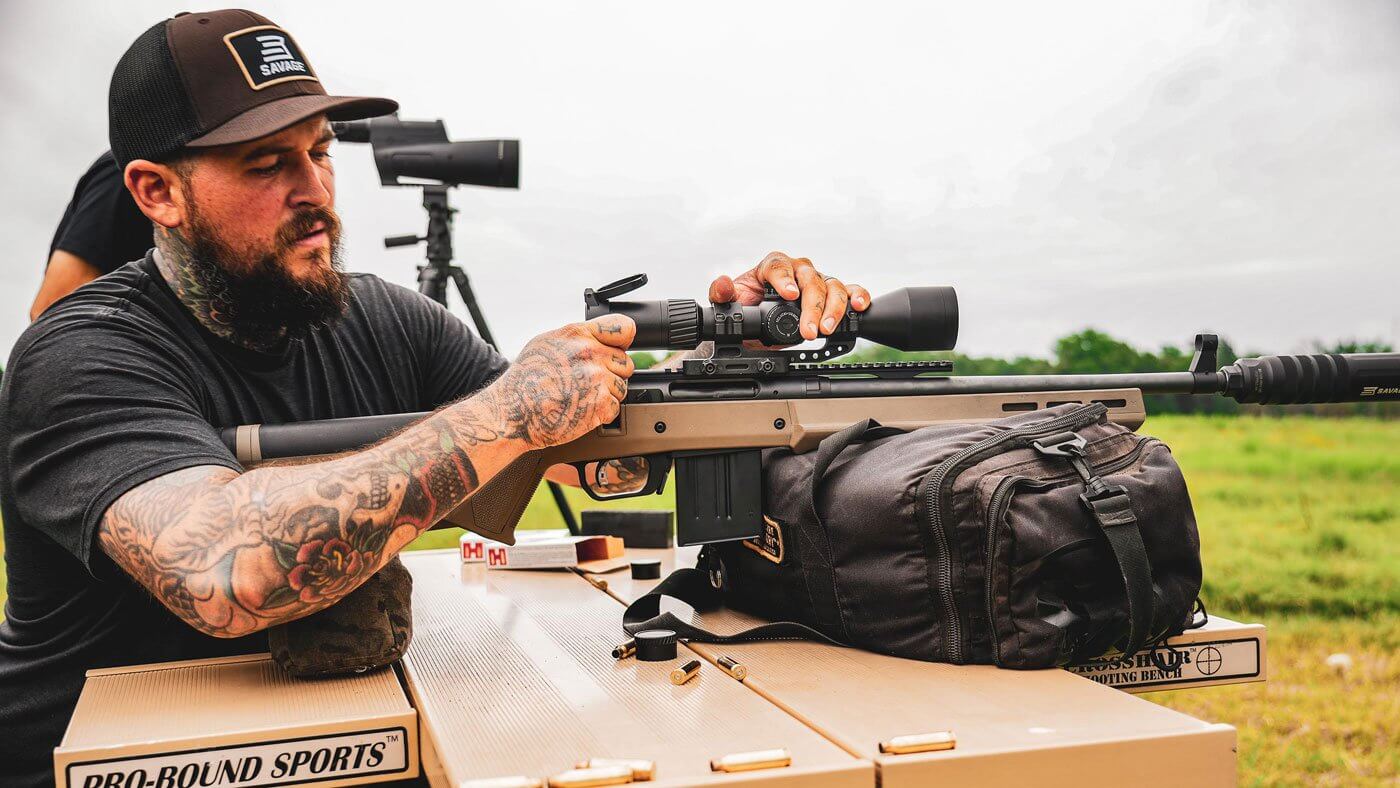
Environmental Factors That Affect Ballistics
Ballistics are heavily influenced by the atmosphere the bullet travels through. The main environmental factors are:
Wind – Pushes the bullet left or right to varying degrees, based upon its speed and direction. At longer ranges, wind can impact your bullet from multiple directions.
Elevation – Affects air density, which influences drag and the bullet’s flight.
Humidity and Pressure – Denser air (at lower altitudes or cold temperatures) slows bullets more than thin, high-altitude air.
Wind Effect on Ballistics and Shooting
How Wind Affects a Bullet’s Flight
Wind is one of the most challenging factors in ballistics. Even a gentle crosswind can push a bullet several inches, or even feet, off target at long range. The bullet doesn’t drift in a straight line — instead, it curves with the wind, forming a diagonal path between shooter and target.
Wind Effect in Relation to Distance
The farther your target, the more wind comes into play. At 100 yards, a 10 mph crosswind might move your bullet an inch or two. At 500 yards, that same wind could move it a foot or more. This is why experienced shooters learn to read wind flags, vegetation, or mirage patterns before taking a shot.
Wind Effect in Relation to Caliber
Smaller calibers can be more susceptible to wind drift because their bullets are lighter, especially at lower velocities. For example, a 55-grain 223 Remington bullet will be impacted by wind more at a distance of 500 yards than a 150-grain 308 Winchester bullet.
Wind Effect in Relation to Speed
Slower-moving bullets spend more time in the air, giving wind more opportunity to push them off course. Faster bullets resist drift better, and while they are still impacted by wind, the effect is reduced by their higher velocity.
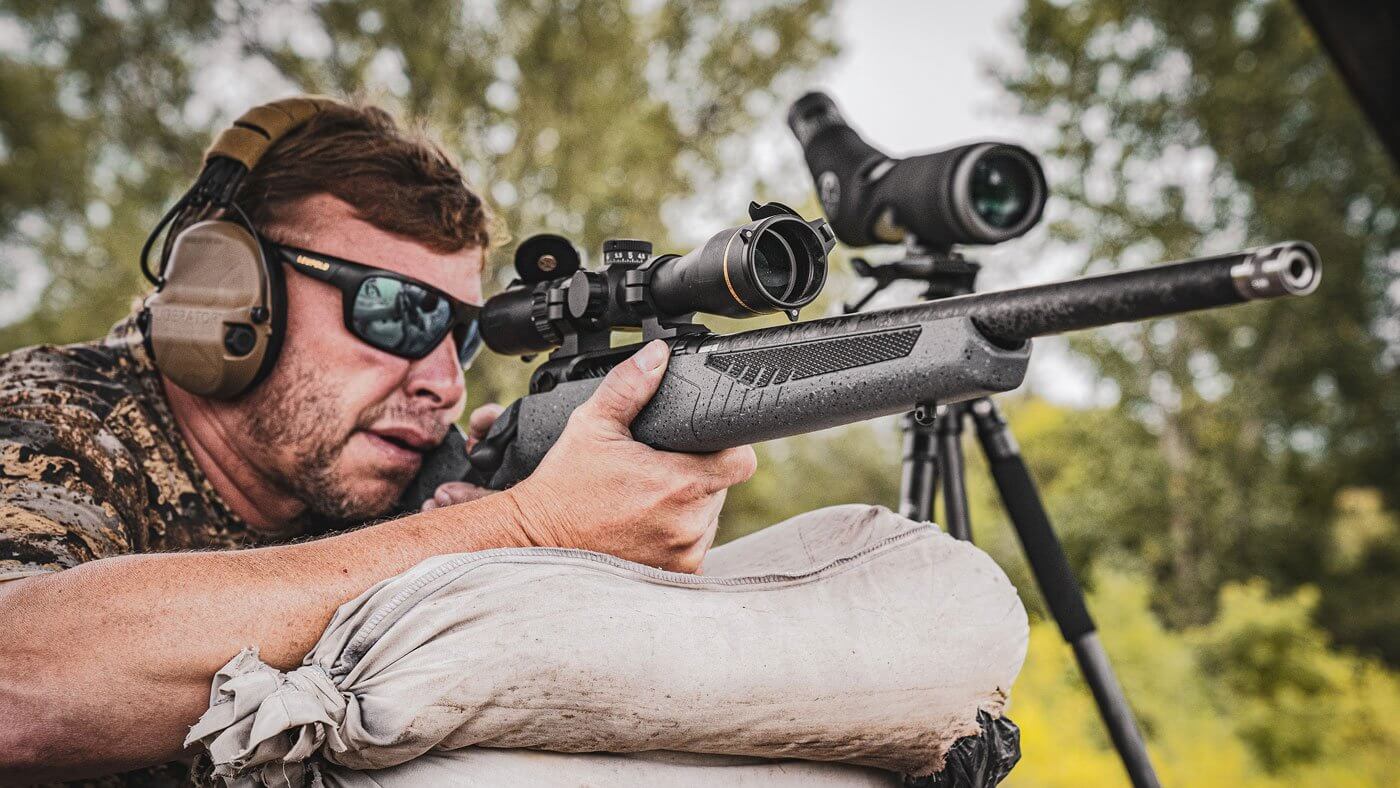
Factoring in Elevation
Elevation can play a role in your rifle’s ballistics, especially when hunting in mountains and higher backcountry terrain.
Environmental Elevation
At higher elevations, the air is thinner and less dense. This means there’s less resistance acting against your bullet, so it can travel faster and drop less over distance. A shooter at 7,000 feet above sea level will often see flatter trajectories and slightly different zero settings than someone shooting at sea level.
Target Elevation and Angle
When shooting at targets that are significantly higher or lower than your position — such as shooting uphill or downhill — the bullet trajectory has an impact. Gravity exerts less downward force on angled shots, causing both uphill and downhill shots to impact higher than if the same shot were taken on level ground. To compensate, aim slightly lower on your target when shooting with steeper uphill or downhill angles.
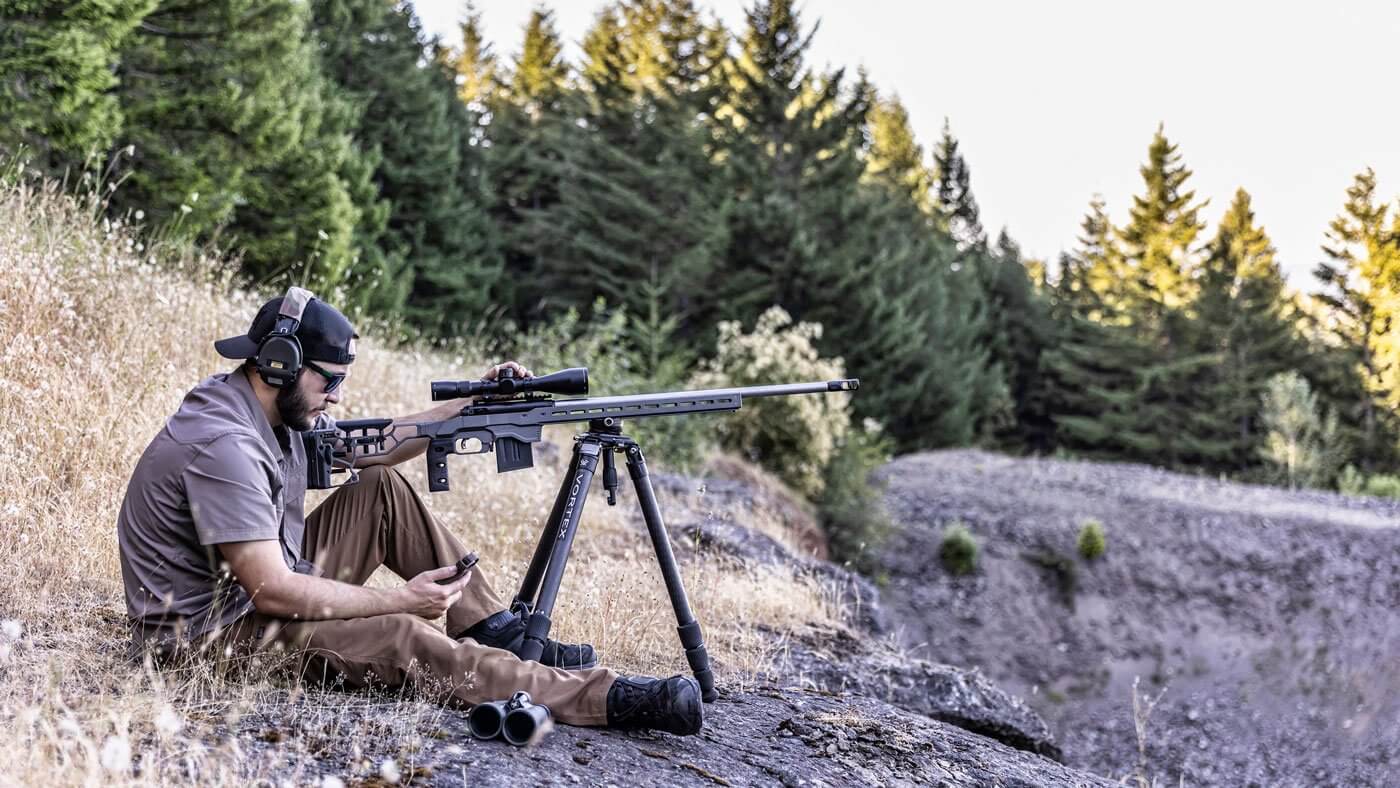
How Bullet Drop Affects Ballistics
Perhaps the most recognizable part of ballistics is bullet drop — the downward curve your bullet follows due to gravity and decreasing velocity.
Distance and Drop
No matter how fast or powerful your rifle is, gravity is always pulling the bullet toward the ground. The farther the bullet travels, the more time gravity has to act, the more velocity it loses, and the more it drops.
Bullet Characteristics
Weight: Heavier bullets tend to drop faster but maintain more energy on impact.
Velocity: Faster bullets drop less because they reach the target quicker.
Shape: Streamlined bullet shapes, like boat-tail or match-grade bullets, drop less thanks to improved aerodynamics.
At 100 yards, bullet drop will have a minimal impact. But at 500 or 1,000 yards, even small miscalculations in bullet drop can result in a complete miss. This makes learning your scope holdovers, or using a ballistic calculator, crucial for long-range hunting and shooting.
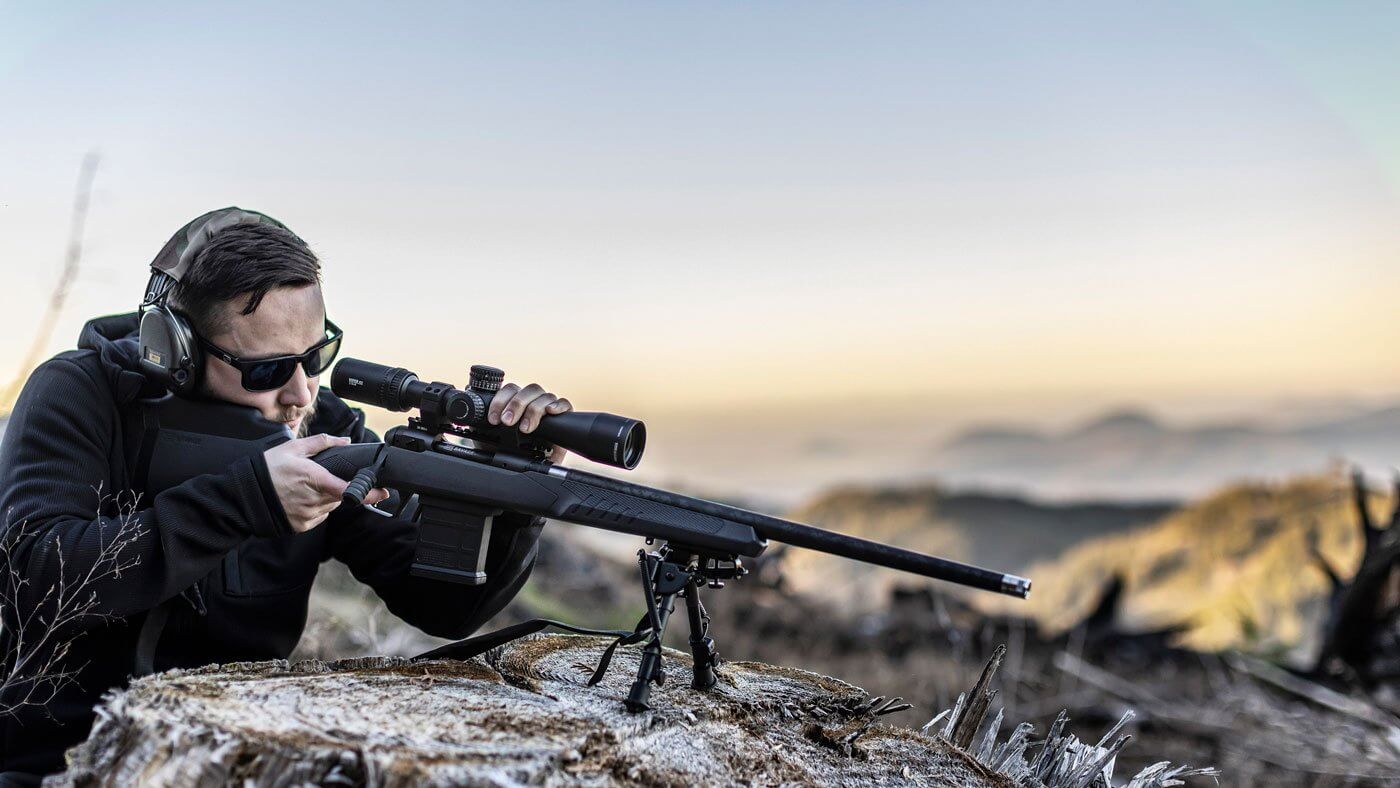
Putting It All Together
Understanding ballistics means understanding how all of these factors work together to affect your shot, and how you can compensate to ensure accurate hits on your target.
Knowing Your Rifle and Ammunition
Start by learning your rifle’s muzzle velocity (speed of the bullet as it leaves the barrel) and your ammo’s bullet weight. Every combination behaves differently, so gather your own data through range time.
Recording Information
Many shooters use a D.O.P.E. card (Data On Previous Engagements) to record shot data like elevation settings, wind corrections, and bullet drop at different ranges. Keeping track of your results helps build a personal ballistic profile for your rifle and ammunition combination, so you can be confident in making quick adjustments in the field.
Ballistic Calculators
Modern ballistic calculators take the guesswork out of long-range shooting. Input your bullet weight, BC, muzzle velocity, and environmental data, and the calculator provides precise adjustments for elevation and windage. Ballistic calculators are great to use when you have ample time, but it’s still best to practice and record D.O.P.E. data on the range so you can make faster shots in the field.
Making the Right Adjustments
When taking a long-range shot, you’ll need to:
Measure the distance to your target.
Estimate or measure wind direction and speed.
Account for shot angles (uphill or downhill).
Adjust your scope’s turrets or reticle accordingly.
Consistency is key. With practice, these adjustments will become second nature.
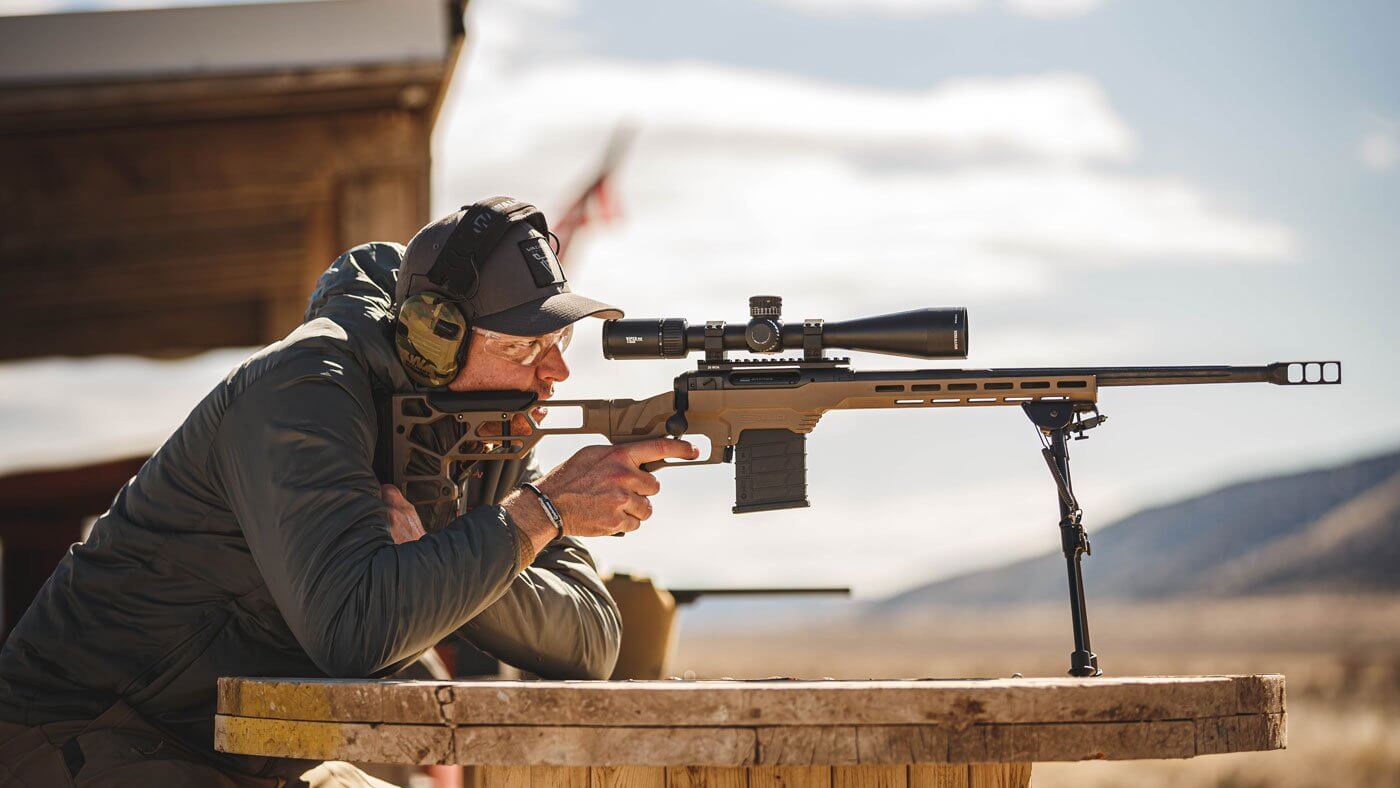
Mastering ballistics doesn’t happen overnight — but it’s one of the most rewarding parts of becoming a confident shooter. By understanding how wind, elevation, and bullet drop work together, you’ll develop the skills to read conditions, make accurate adjustments, and hit your mark more consistently.

